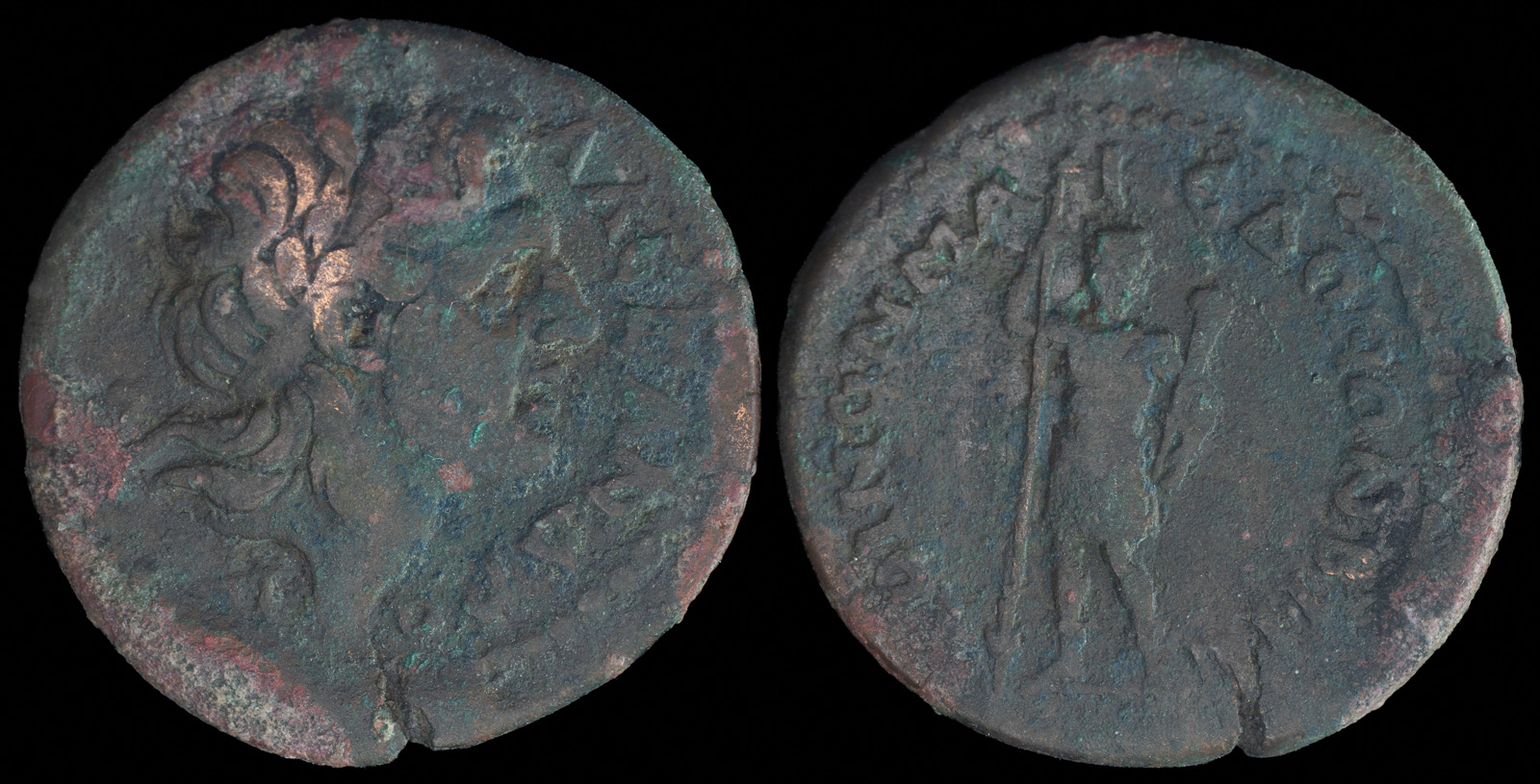Parazonium
View All Tags
In Greek and Roman cultures, the parazonium was often worn as part of a military or aristocratic dress. It was sometimes depicted in the hands of gods, heroes, and important military figures in artistic representations, symbolizing power, authority, and martial prowess. The parazonium had a symbolic role, particularly in ceremonial contexts, where it was often included in the regalia of generals or rulers, signifying their status and their readiness to defend or command in times of war. In Greek art, it was frequently seen in the hands of heroes and gods, such as the depiction of Achilles or the Dioscuri, where it emphasized their warrior status.
Although the parazonium was not the primary weapon used in battle, it served as a backup or side weapon for soldiers and warriors, often carried along with other arms like the spear or shield. Its short blade and curved design made it suitable for close-quarters combat, allowing for quick slashes or thrusts in tight situations. It was especially useful in confined spaces or in situations where longer weapons like the spear could not be effectively wielded. Its lightweight design also made it easier to carry and use in various military or ceremonial contexts.
In the Roman Empire, the parazonium became an important emblem of authority. Roman generals and emperors often wore it as part of their military attire during public appearances, emphasizing their military role and connection to the power of the state. The weapon was not only a practical tool but also a symbol of Rome’s strength and dominance.

Macedon, Koinon of Macedon
Pseudo-autonomous issue. Time of Severus Alexander (222-235)
Ӕ 28,3mm, 11.4g
Diademed head of Alexander the Great right, around ALEXANDROU, dotted border.
R/ Alexander standing facing, head left, holding reverted spear and parazonium, around MAKEDONWN BN, dotted border.
AMNG III 517